How to Use Guided Discovery Learning
Guided discovery learning techniques, such as positive reinforcement, are an effective way to deliver leadership observations. Review this and other commonly employed techniques in the interaction below.
Positive Reinforcement
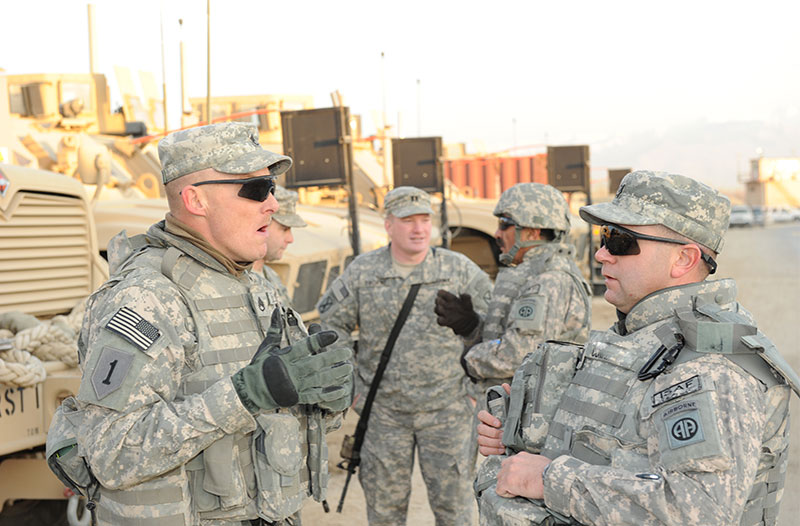
The first observations of a subordinate leader ought to be focused on what they are doing right. This shows a commitment to balanced and fair observation. It also builds confidence and confirms performance that is productive and accomplishing a goal.
Open-Ended Questioning
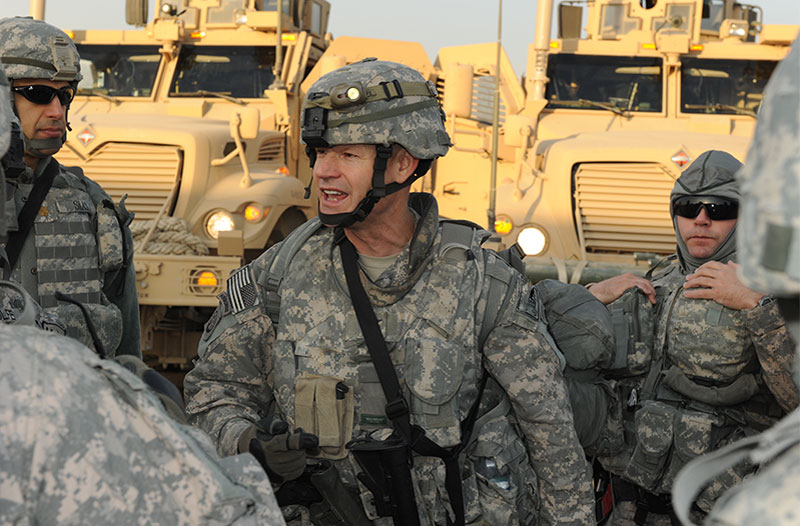
Asking open-ended questions gets subordinates thinking about the situation and their leadership pertaining to unit performance. Use broad questions to maximize the potential for discovery and follow up with more specific questions if the subordinate leader is not identifying issues that need attention. Using this approach takes time to allow the subordinate leader to listen, reflect, and do something about the situation. To use open-ended questioning:
- Identify the outcome for the leader to realize.
- Ask general questions about factors related to that outcome.
- Ask more specific questions and provide hints until the leader connects the outcome with his or her action.
- Listen closely to the leader’s response.
- Confirm and reinforce what is heard as an accurate assessment.
- Probe further or offer outcome-based evidence if the leader is not accurately assessing the situation.
Multiple Perspectives
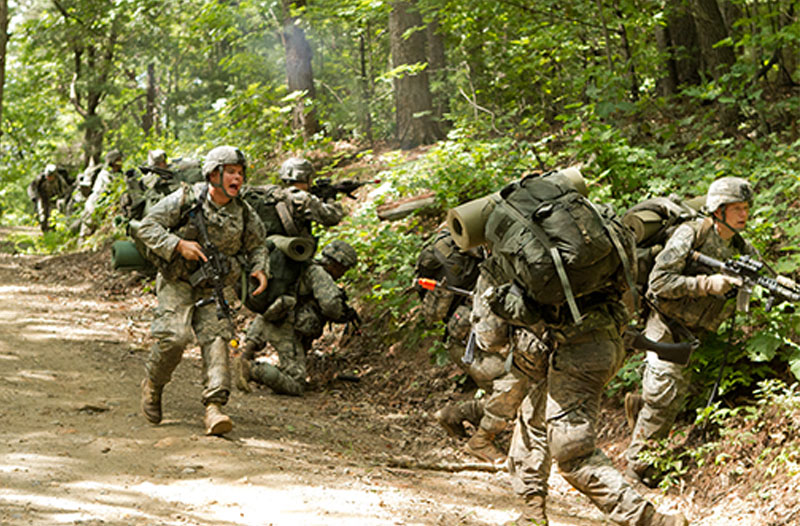
Employing multiple perspectives helps a leader see the situation he or she is in from another person’s perspective and appreciate its complexities. Having multiple perspectives prompts subordinate leaders to think creatively and innovatively in their approach. It should be used when a subordinate appears to be stuck in a limited way of thinking or is unable to break away from a mental block. Open-ended questioning could help subordinate leaders reframe the current situation.
Scaling Questions
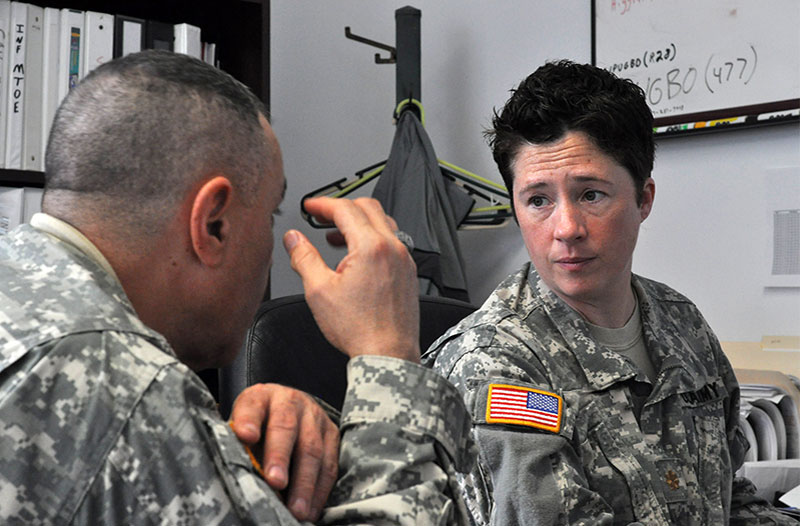
In this technique, supervisors ask subordinate leaders to use a 10-point scale (where 10 is highest or best and 1 is lowest or worst) to assess their performance on an action or behavior. The subordinate could share what he or she could do differently to improve performance one or two points on the scale. This scaling questions technique is useful in facilitating a leader’s self-understanding of how difficult or challenging a problem is in relative terms. It also facilitates incremental improvement and helps an individual recognize that progress has been made.
Cause and Effect Analysis

Leader actions are often several layers or processes removed from their consequences. The cause and effect analysis is a method to identify the root (or original) cause of consequences and outcomes. A leader and unit will continue to experience negative outcomes until the actual root cause is identified and resolved. Cause and effect analysis is facilitated through:
- Asking what? Show or depict consequence or outcome data. Ask what is causing it to happen (what rather than why).
- Continuing to ask “What?” and “What else?” until all causes have been identified. This should be worked out graphically on paper or a whiteboard.
- Depicting the relationships between causes and effect.
- Identifying which causes, if removed or changed, would prevent reoccurrence of the outcome or consequence.
- Identifying solutions or changes that can be implemented without causing other negative outcomes or consequences to occur.
- Coaching the leader on being proactive to avoid negative outcomes before they occur.
Recovery from Setbacks
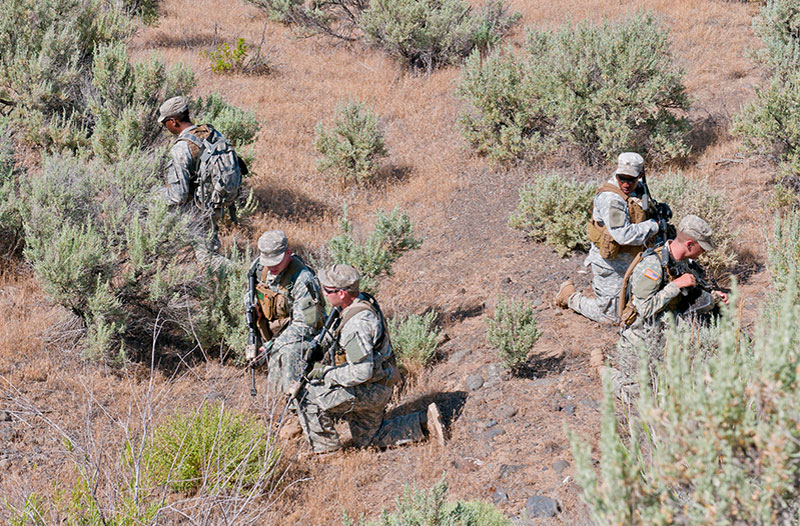
When a subordinate leader experiences a difficult situation, setback, or seemingly insurmountable challenge, a supervisory leader can help restore confidence and prevent conditions from going from bad to worse. Employing the following enables recovery from setbacks:
- Reinforcing a strength—a leadership behavior the individual is performing well
- Helping the leader recognize that he or she is already successfully handling some part of the task
- Asking open-ended questions to increase the leader’s awareness of the situation and probe for solutions
- Providing recommendations if or when the leader is unable to arrive at an appropriate course of action
- Increasing the percentage of positive reinforcement and support, relative to negative reinforcement
Leverage Experience
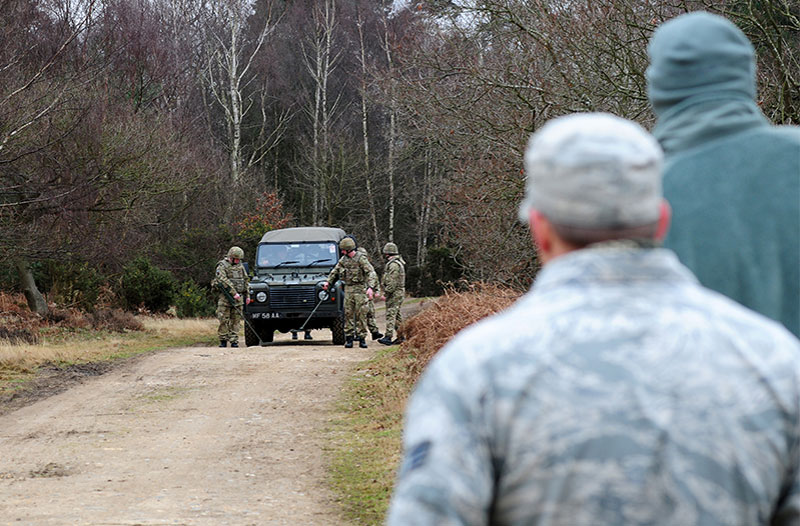
By virtue of position and experience, a leader often knows something is going wrong or right before the subordinate leader knows it. Leaders will need to decide if hints and bits of information should be shared during the exercise or after the exercise. Sometimes it is important for a situation to unfold without premature intervention so the learning opportunity is not diminished; allow the subordinate leader to adapt and problem-solve the situation. Other times, hints and information can guide the subordinate leader to investigate certain aspects of the situation that can actually provide more effective learning.






